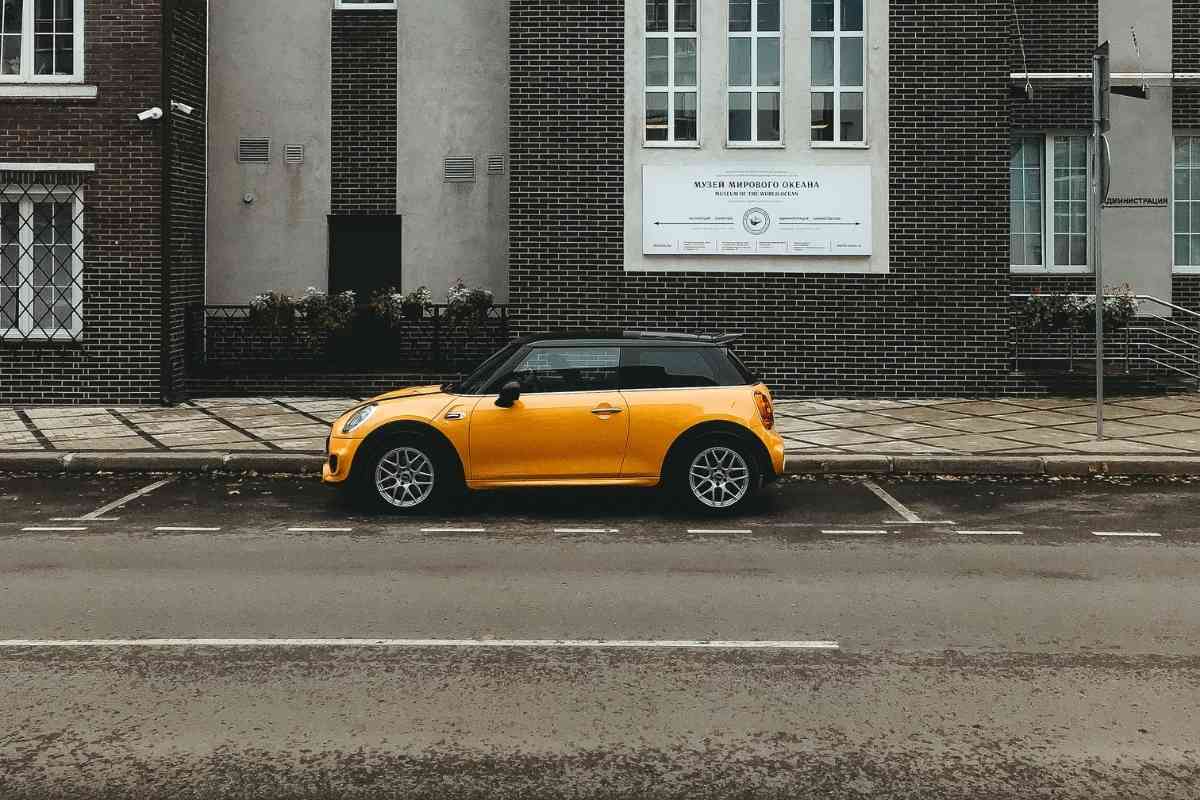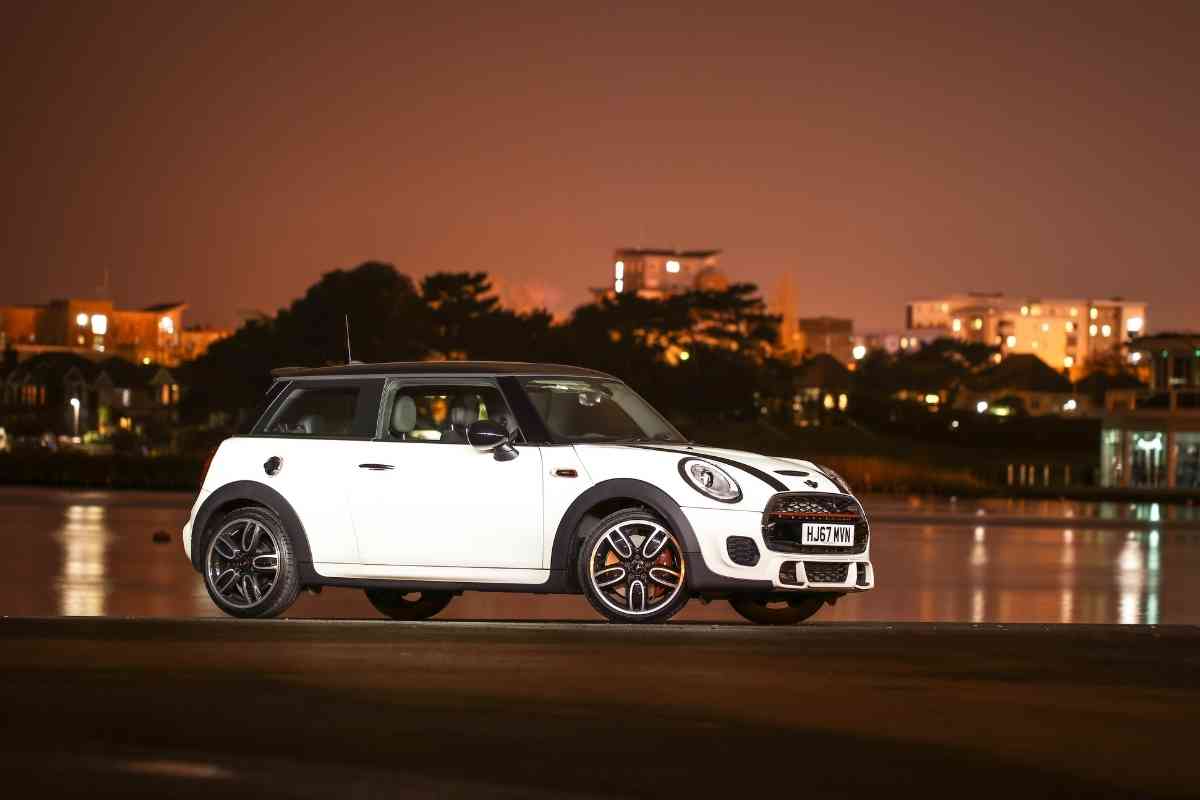What Year Mini Cooper Should Be Avoided?
If you’re looking for a stylish compact car, it’s hard to find anything better than the Mini Cooper. The Mini style has been around for many decades, stretching across an assortment of designs. But it’s important to understand what you’re getting. If there are known issues with reliability, you are best avoiding those cars. This fact means looking at specific times and models. So what Mini Cooper years should be avoided?

What are the worst years for the Mini Cooper?
The earlier years of the Mini Cooper, from 2000 to 2005, had some serious transmission and engine issues that are worth avoiding. But the most recent third generation, available since 2014, is known to have much fewer reliability issues.
The problem was so bad for the first generation models, made from 2000 to 2005, that BMW was forced to provide an extended warranty transmission coverage.
As the second generation rolled off the line, some problems stuck with it, such as the manual transmission clutch not being so durable and problematic radiator support.
The second generation also had a major fire risk that lasted from 2011 to 2012 on the Countryman models. Avoid those unless you can find proof that the warranty work was completed.
And if you want to jump in the seat of a more classic model from before 2000, it’s best to have a good understanding of what to look for during an inspection. Or have a reliable mechanic nearby. That’s life with classic cars.
This article quickly breaks down the history of Mini Coopers, along with the common problems and frequent complaints that have occurred. After reading this, you’ll be able to know what year Mini Cooper you should avoid and what year is safe to buy.
The Mini Cooper Generation Lineup
When it comes to Mini Coopers, there are two main groups. The first is the classic pre-2000 bunch, and the second came after 2000 under BMW’s leadership.
The Initial Debut: British Motor Corporation
The first production version of the Mini Cooper came in 1959 when the British Motor Corporation released a chic model that put a tiny little transverse engine inside an equally small passenger compartment.
And the rest was history. It immediately became an icon in many countries, and enthusiasts reached for these historical models. While there were many changes in design, most say that any Mini created before 2000 can be grouped in this category.
For this article, these classic Mini Coopers fall into a category that you know what you’re getting. After all, once a car has reached over twenty years of age, problems start popping up.
If you’re looking for a reliable vehicle that doesn’t require constant work, these are unlikely to match. But if you aren’t afraid of work or have a good mechanic nearby, these can go for many miles. Plus, they are often more simplistic in design.

The Next Generation: BMW-Made Mini Cooper
In 2000, BMW revived the Mini Cooper name under its subsidiary brand. They introduced a new level of design and sophistication in the Mini lineup, which came with many benefits. But it also came with various issues.
You can divide the modern Mini Cooper into three generations. The first came in 2000, the second in 2006, and the third in 2014.
Right off the bat, I’ll tell you that the first and second generations, from 2000 to 2013, had some significant reliability issues.
The first generation, from 2000 to 2005, was perhaps the worst. But there are a couple of model years in the second generation to avoid too.
But it’s worth going over these problems in detail. What year Mini Cooper should be avoided?
First Generation Problems: Transmission
It’s never a good sign when an automaker is on the wrong end of a class action lawsuit. And for the first-generation Mini Coopers built under BMW’s leadership, this happened due to a defective transmission on the models equipped with the CVT.
The problem was so severe that BMW had to provide additional warranty coverage. This warranty is likely to have expired. So if you buy this generation, you’ll be on the hook for any repair bill.
But you can look for models from this generation who had the warranty service completed. With any luck, the replacement should last many miles and not have the same issues. But if you’re wondering what year Mini Cooper should be avoided, this is on the list.
On top of that, the first generation also had manual transmission problems. While not as big of a deal as the CVT failure, the clutch is known to fail in a short time when used to drive aggressively.
Another problem that crept up with this generation is the failure of the electric power steering pump. This part is vital to the steering system and needs to be replaced when it fails.
And finally, the design of the radiator support is not very durable. It is made from plastic and is close to the ground. The radiator is a crucial part of the cooling system. If the support breaks, you’re in for a bad time.
For some cars, having this be plastic isn’t a big issue. But if you consider the size of the small Mini Cooper and its lack of significant ground clearance, this poses a big problem. If scraped on the ground over a dip, it can snap and need replacement.
Second Generation Problems: Engine Fire
If you just read that header, you are probably raising your eyebrows with concern. And you should be. But thankfully, the engine fire issues only applied to a specific model within a few years.
The Mini Cooper Countrymans from 2011 to 2012 are the worst offenders. A faulty circuit board for the auxiliary water pump could overheat, leading to a fire in the engine bay.
Once again, BMW corrected this problem under recall, but you’ll want to verify any model in this range had the recall work completed. This proof could allow you to scoop up a low-priced model, but it’ll come around for resale time too.
The second generation also had some problems carried over from the first generation.
These include the clutch in the manual transmission failing early when used under aggressive driving and the radiator support is also the same. It can lead to problems if the car hits something near the bottom of the front end.
Finally, the electric power steering pump is also known to fail on the second-generation Mini Cooper models earlier than most would like. Some reports of turbocharger failures happened around the 2010 to 2013 timeframe too.
At this point, you might be wondering what to get instead of what year Mini Cooper should be avoided.
Third Generation Problems: The Best
Now for the good news. Since the introduction of the third-generation Mini Cooper in 2014, there have not been any widespread reports of reliability issues. They are known to be reliable cars and do not get the vast transmission or engine fire issues from the past.
Like any car, they can still encounter issues. And as an import vehicle in many markets, the prices of parts and labor can be higher than usual. This fact is something to consider if you want to put reliability and affordable repairs as priorities.
